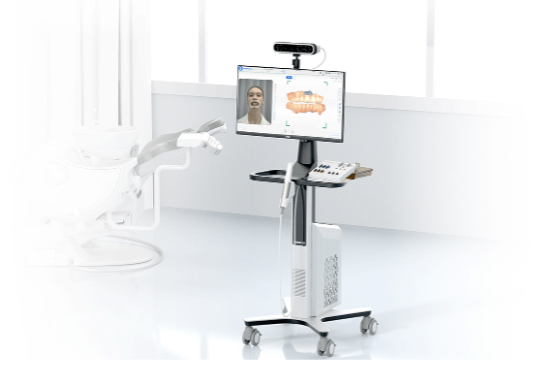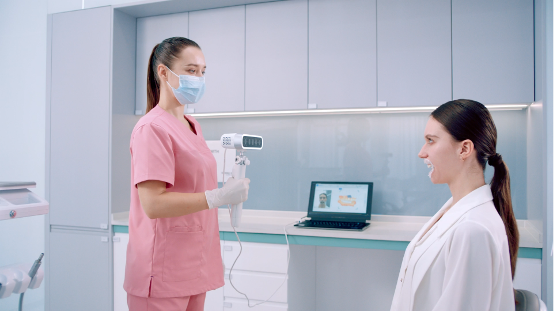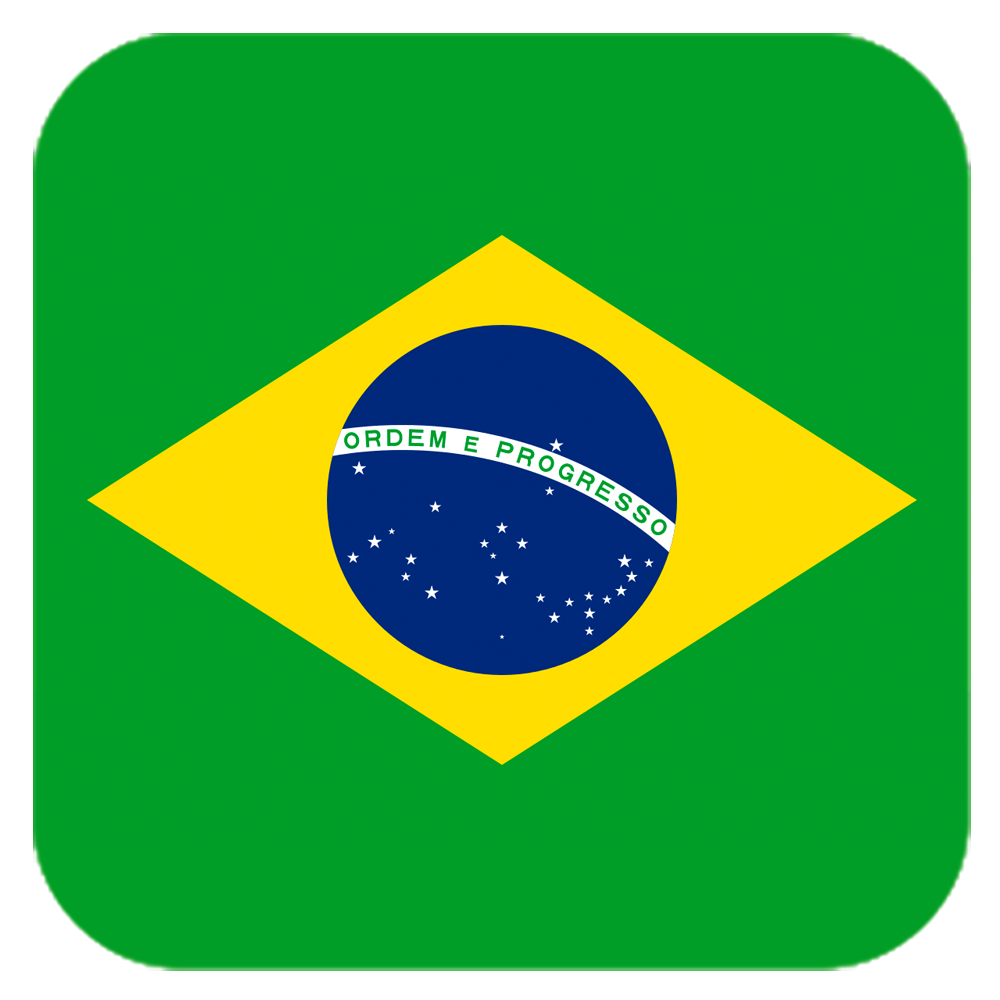Table of Contents
Taking impressions is a very common part of the daily work in dental clinics. However, the traditional impression method typically involves impression-taking, modeling, and back-and-forth adjustments, which are both time-consuming and prone to errors. Plus, the impression materials may trigger nausea or discomfort in patients, negatively impacting their experience.
With the advancement of technologies such as intraoral scanning, facial scanning, and mandibular movement tracking, an increasing number of clinics are adopting all-in-one digital workflows. For example, SHINING 3D Dental’s e-Motion Workstation is an innovative digital dental solution.
How does an all-in-one digital dental solution transform dental workflows? Continue reading to learn more!

What is a Digital Dental Solution?
To start with, the digital dental solution refers to digital tools or systems that utilize computer-aided technologies, such as imaging, scanning, and 3D printing, to replace or optimize traditional dental workflows.
It aims to deliver a more precise, efficient, and comfortable treatment experience through high-precision data acquisition, intelligent design, and manufacturing.
Digital dental solutions involve the use of:
1. Intraoral Scanner
Dental intraoral scanners utilize optical technology to quickly capture detailed 3D images of a patient’s oral cavity, including teeth, gums, and surrounding tissues. With precision down to the micron level, they enable dentists to detect minute defects invisible to the naked eye. The scanning process takes only minutes, and the scanned models can be stored on a computer for easy retrieval at any time, significantly improving clinic efficiency.
Upgraded dental intraoral scanners integrate wireless intraoral scanning and photogrammetry technology. In addition to capturing detailed images of dentulous cases, they have overcome the bottleneck of edentulous scanning, providing an ideal solution for implant surgeries in various scenarios.
2. Face Scanner
Facial harmony is a critical factor in verifying dental treatment outcomes. Face 3D scanners utilize 3D imaging technology to capture patients’ facial structures, smile curves, and occlusion. In an all-in-one digital dental solution, they can be integrated with intraoral scanners to automatically align data, create virtual patients, and ultimately design aesthetically pleasing restorations.
In addition, analyzing facial and oral data using software tools can also simulate the changes before and after treatment, helping dentists diagnose and evaluate treatment outcomes more effectively.
3. Mandibular Motion Tracking System
The all-in-one dental innovations also include a mandibular movement trajectory tracking system. By recording jaw movement trajectories and integrating intraoral scan data, dentists can obtain precise occlusion contact dynamic data for restoration design.
The comprehensive motion view captured through scanning, when combined with CBCT data, enables evaluation of condylar and incisal edge motion, facilitating diagnosis and treatment of temporomandibular joint disorders.
Furthermore, the system intelligently determines optimal jaw relations and supports splint design with 3D printing capabilities, significantly improving treatment efficiency and patient experience.
What Can Digital Dental Solution Bring to Your Clinic?
Turning to digital dentistry brings:
1. Improved Efficiency
Digital dental solutions enable dentists to capture impressions rapidly, significantly reducing both the impression-taking process and the time required for physical model transportation. For labs, it facilitates timely and effective communication, allowing them to handle more cases efficiently.
Moreover, digital impression technology reduces waiting times for patients in the operatory, dramatically improving overall efficiency.
2. Precise Diagnosis and Treatment
Digital dentistry solutions provide 3D images and dynamic analysis at the micron level, eliminating human error. It effectively avoids occlusal deviations and facial coordination issues that may arise from traditional impressions, offering patients more predictable and higher-quality solutions.
3. Enhanced Patient Experience
The digital dental solution eliminates potential gag reflexes for patients, offering a gentler and faster treatment experience through this non-invasive approach. Plus, dentists can display real-time oral scans and predicted outcomes to patients, significantly enhancing treatment transparency and trust.

Clinical Applications of Digital Dental Solutions
Digital dental solutions have elevated crown restorations, orthodontics, and implant treatments to an entirely new level.
1. Crown Restoration
For crown restoration, digital scanning replaces traditional impressions, accurately capturing tooth images and occlusion to provide precise data for crown fabrication. Combined with CAD/CAM technology and 3D printing, crowns can be directly produced from digital models.
2. Orthodontics
For treating tooth misalignment and malocclusion, digital impressions allow the model creation of teeth and occlusion from multiple angles, enabling dentists to evaluate and develop optimal orthodontic plans. In particular, the design and production of Invisalign appliances can be based on digital models, offering more personalized and comfortable treatment solutions.
3. Dental Implant
In implant cases, digital dentistry solutions further enhance precision. First, the integration of intraoral scans, facial scans, and jaw tracking data helps dentists obtain accurate jaw relations.
Additionally, scanners equipped with intraoral photogrammetry (IPG) technology, such as SHINING 3D Dental’s Aoralscan Elite Wireless, can not only capture detailed images of dentulous cases but also precisely record implant positions in edentulous cases, making them an ideal choice for implant surgeries.
Innovative Digital Dental Solution from SHINING 3D Dental
If you’re looking for a digital dentistry solution that can improve your clinic workflow, SHINING 3D Dental‘s e-Motion Workstation is a trusted choice.
e-Motion Workstation is the world’s first integrated solution of intraoral scan, intraoral photogrammetry, face scans, and mandibular movement tracking. It integrates data captured from multiple devices into the software for the creation of virtual patients, which is suitable for various complex cases, such as edentulous implants. Key features include:
· CBCT Model Reconstruction and Segmentation
· Multi-model data integration and analysis within a single device
· Mandibular motion data can be transferred to Exocad software for dental labs to design treatment plans.
Final Words
Advanced technologies such as intraoral photogrammetry dental, face 3D scanners, and CAD/CAM have significantly enhanced the precision and efficiency of dental treatments.
The future of digital dental solutions promises to further transform the industry, enabling a complete upgrade from diagnosis through treatment.
Contact SHINING 3D Dental now for more about the e-Motion Workstation!
 ENG
ENG








